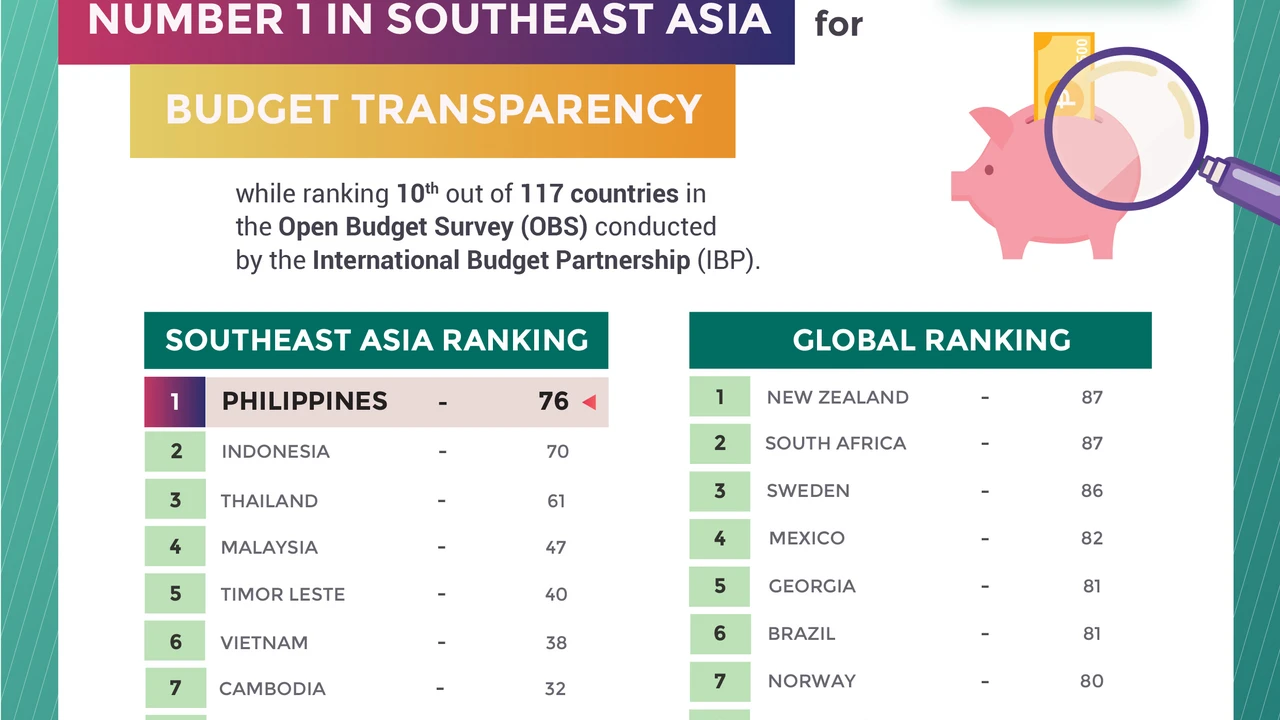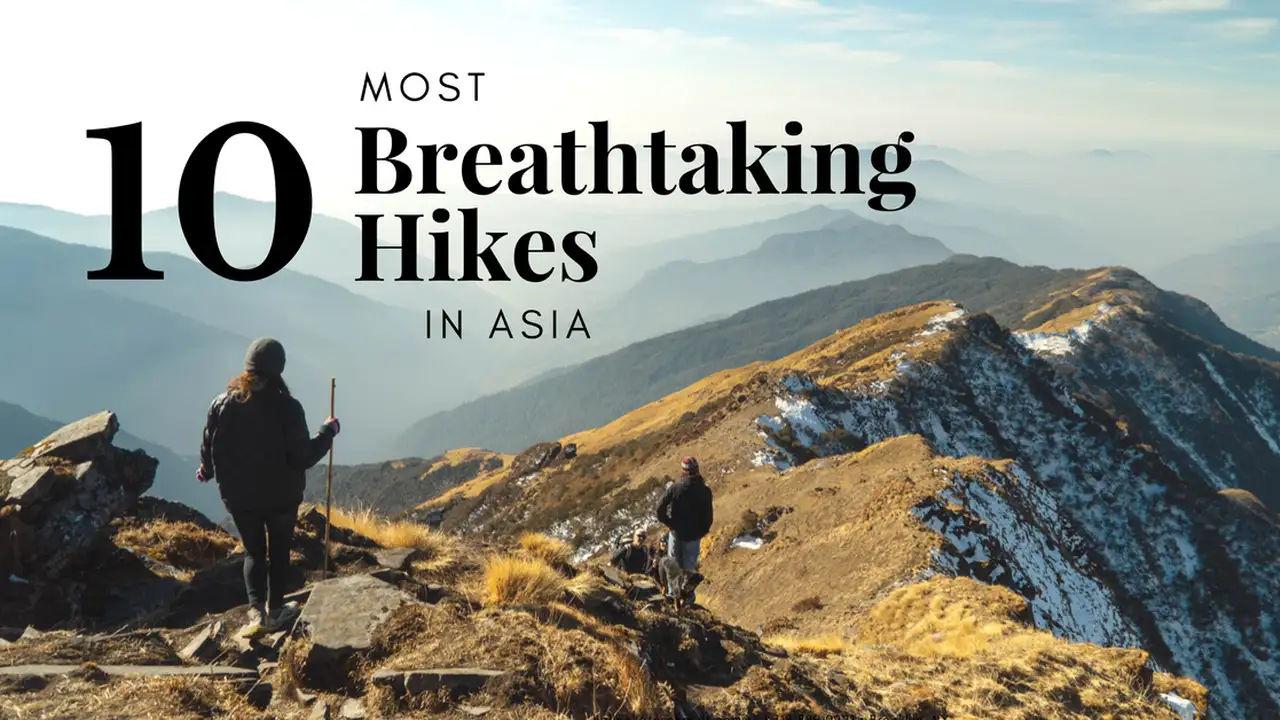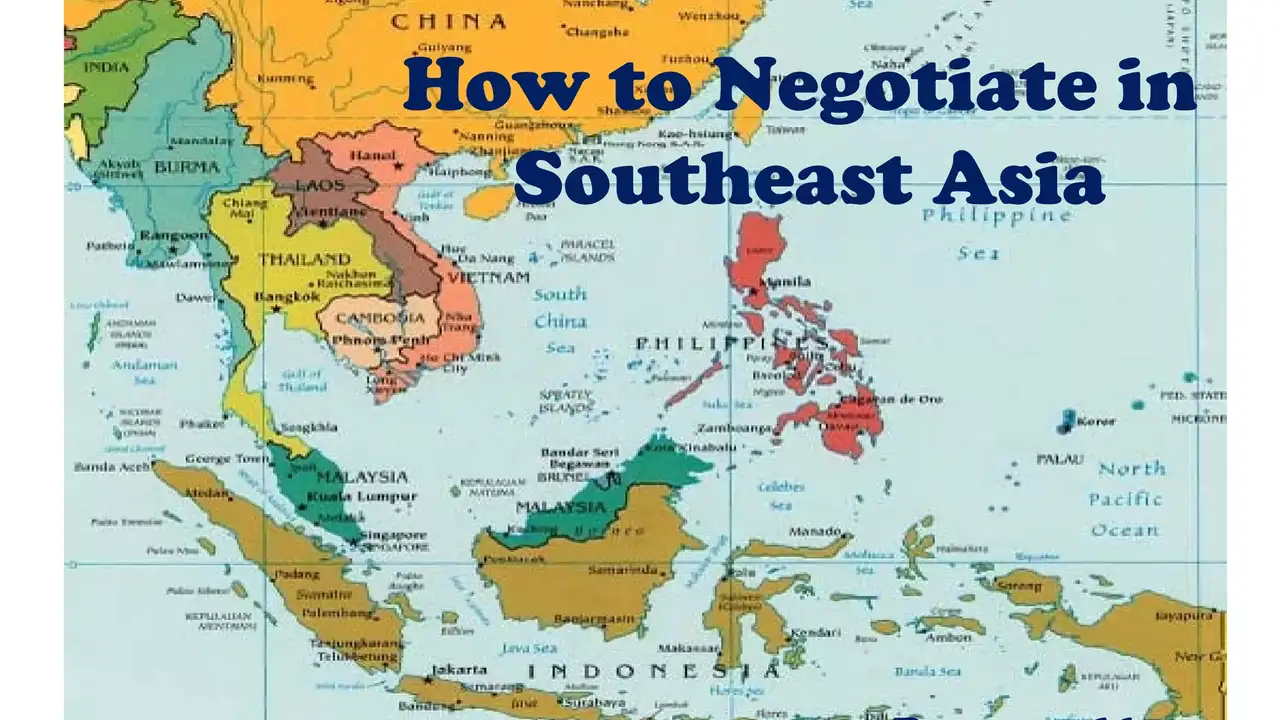Budgeting for Southeast Asia: A Comprehensive Guide

Southeast Asia Travel Budget Planning Introduction Key Considerations
So, you're dreaming of backpacking through Southeast Asia? Awesome! Picture this: vibrant cultures, stunning beaches, delicious food, and all without breaking the bank. But before you book that flight, let's talk money. Southeast Asia is known for being budget-friendly, but costs can vary wildly depending on your travel style and where you go. This guide is your roadmap to creating a realistic budget, so you can maximize your adventure without maxing out your credit card.
First things first, consider these key factors that will influence your budget:
- Destination: Some countries are cheaper than others. Think Thailand and Vietnam are generally more affordable than Singapore or Bali (Indonesia).
- Travel Style: Are you a hostel hopper or a luxury resort kind of traveler? Do you prefer street food or fancy restaurants? These choices significantly impact your daily expenses.
- Duration: The longer you travel, the more you'll spend overall, but you might also find opportunities for discounts and slower-paced, cheaper activities.
- Activities: Diving, trekking, cooking classes – these experiences add up. Prioritize what's most important to you.
- Season: Peak season (usually December-February) means higher prices for flights and accommodation. Traveling during the shoulder season (March-May or September-November) can save you money.
Accommodation Budget Hostels Guesthouses and Hotels in Southeast Asia
Accommodation is a significant part of your budget. Here's a breakdown of your options:
- Hostels: The ultimate budget-friendly choice. Dorm beds can cost as little as $5-$15 per night. Great for meeting other travelers.
- Guesthouses: Offer more privacy than hostels, with simple rooms typically ranging from $15-$30 per night.
- Budget Hotels: Expect to pay $30-$50 per night for a basic hotel room with private bathroom.
- Mid-Range Hotels: More comfortable amenities, like air conditioning and breakfast, for $50-$100 per night.
- Luxury Hotels & Resorts: The sky's the limit! Expect to pay upwards of $100 per night for high-end accommodations.
Pro Tip: Book in advance, especially during peak season. Use websites like Booking.com, Agoda, and Hostelworld to compare prices and read reviews.
Food and Drink Budget Street Food Restaurants and Local Markets in Southeast Asia
Food is one of the best parts of traveling in Southeast Asia, and it doesn't have to be expensive! Here's how to eat well on a budget:
- Street Food: Embrace the local flavors! Street food is delicious, authentic, and incredibly affordable. Expect to pay $1-$5 per meal.
- Local Markets: Stock up on fresh fruits, snacks, and drinks at local markets. You'll save money compared to convenience stores.
- Local Restaurants: Look for restaurants frequented by locals – they're usually cheaper and more authentic than touristy spots. Expect to pay $5-$10 per meal.
- Western Restaurants: Avoid these if you're on a tight budget. They're typically much more expensive than local options.
- Drinks: Water is essential! Buy large bottles of water instead of individual bottles to save money. Local beer is usually very affordable (around $1-$3). Avoid imported alcohol.
Pro Tip: Don't be afraid to try new things! Ask locals for recommendations and be adventurous with your food choices.
Transportation Budget Buses Trains Flights and Local Transport in Southeast Asia
Getting around Southeast Asia can be surprisingly affordable, but it's important to plan ahead.
- Buses: The cheapest way to travel long distances. Expect to pay $1-$3 per hour of travel. Be prepared for long journeys and sometimes uncomfortable conditions.
- Trains: A more comfortable option than buses, but also more expensive. Train travel is available in some countries like Thailand, Vietnam, and Malaysia.
- Flights: Consider budget airlines like AirAsia and Vietjet for longer distances. Book in advance for the best prices.
- Local Transport: Use local transportation like tuk-tuks, motorbikes, and taxis for short distances. Negotiate the price before you get in.
- Motorbike Rental: A popular option for exploring certain areas, but be careful! Make sure you have a valid license and insurance. Expect to pay $5-$10 per day.
Pro Tip: Research transportation options in advance and book tickets online to save time and money.
Activities and Entertainment Budget Free Activities Paid Tours and Experiences in Southeast Asia
Southeast Asia offers a wide range of activities and experiences, from free cultural sites to paid tours and adventures. Here's how to budget for entertainment:
- Free Activities: Explore temples, wander through markets, relax on the beach, and hike in national parks. Many of the best experiences are free!
- Paid Tours: Consider taking a guided tour for certain attractions, like historical sites or national parks. Compare prices and read reviews before booking.
- Entrance Fees: Many temples and historical sites charge entrance fees. Budget for these costs.
- Adventure Activities: Diving, snorkeling, trekking, and rock climbing can be expensive. Prioritize the activities that are most important to you.
- Nightlife: Drinks and entertainment can add up quickly. Set a budget for nightlife and stick to it.
Pro Tip: Look for free walking tours in major cities. They're a great way to learn about the local culture and history.
Essential Travel Gear Recommendations for Southeast Asia Budget Travelers
Having the right gear can make your trip more comfortable and save you money in the long run. Here are a few essential items:
- Backpack: A comfortable and durable backpack is essential for carrying your belongings. Consider the Osprey Atmos AG 65 (around $300). It's known for its excellent ventilation and comfortable suspension system. Alternatives include the Gregory Baltoro 65 (around $320) and the Deuter Aircontact Lite 65+10 (around $250). The Osprey is often preferred for its superior comfort and weight distribution, while the Deuter offers excellent value for its price.
- Travel Adapter: Southeast Asia uses a variety of plug types. A universal travel adapter is a must-have. The EPICKA Universal Travel Adapter (around $25) is a popular choice. It supports multiple plug types and has built-in surge protection. A cheaper alternative is the BESTEK Universal Travel Adapter (around $20), but it may not be as durable. The EPICKA is generally considered more reliable and versatile.
- Water Filter Bottle: Staying hydrated is crucial, and a water filter bottle can save you money on bottled water. The LifeStraw Go Water Filter Bottle (around $30) is a reliable option. It filters out bacteria and parasites. Another option is the Sawyer Products Squeeze Water Filtration System (around $35), which can be used as a bottle or attached to a hydration pack. The LifeStraw is more convenient for everyday use, while the Sawyer offers greater versatility.
- Mosquito Repellent: Protect yourself from mosquito bites with a good mosquito repellent. DEET-based repellents are the most effective. Consider Sawyer Products Premium Insect Repellent (around $10). It contains 30% DEET and provides long-lasting protection. A natural alternative is Repel Plant-Based Lemon Eucalyptus Insect Repellent (around $8), but it may not be as effective against all types of mosquitoes. DEET-based repellents are generally recommended for areas with a high risk of mosquito-borne diseases.
- Sunscreen: Protect your skin from the strong Southeast Asian sun with a high-SPF sunscreen. Neutrogena Ultra Sheer Dry-Touch Sunscreen (around $10) is a popular choice. It's lightweight and non-greasy. Another option is La Roche-Posay Anthelios Melt-In Sunscreen Milk (around $35), which is more expensive but offers excellent protection and is suitable for sensitive skin. Neutrogena is a good budget-friendly option, while La Roche-Posay is a premium choice for those with sensitive skin.
Budgeting Apps and Tools for Southeast Asia Travel Expense Tracking
Keeping track of your expenses is essential for staying on budget. Here are a few helpful apps and tools:
- TravelSpend: A popular app for tracking your travel expenses. You can create budgets, record expenses, and see where your money is going.
- Mint: A personal finance app that can help you track your spending and create budgets.
- Trail Wallet: Another great expense tracking app specifically designed for travelers.
- Google Sheets: A free and versatile spreadsheet program that you can use to create your own budget and track your expenses.
Pro Tip: Download these apps before you leave home and start tracking your expenses as soon as you arrive in Southeast Asia.
Sample Daily Budget for Southeast Asia Backpacker Trip
Here's a sample daily budget for a backpacker traveling in Southeast Asia (in USD):
- Accommodation: $10-$20 (hostel dorm or basic guesthouse)
- Food: $15-$25 (street food and local restaurants)
- Transportation: $5-$10 (local transport)
- Activities: $5-$10 (entrance fees or occasional tours)
- Miscellaneous: $5-$10 (laundry, toiletries, etc.)
- Total: $40-$75 per day
This is just an estimate, and your actual expenses may vary depending on your travel style and destination.
Money Saving Tips and Tricks for Southeast Asia Travelers
Here are a few extra tips to help you save money on your Southeast Asia trip:
- Travel During the Shoulder Season: Avoid peak season to save money on flights and accommodation.
- Cook Your Own Meals: If you have access to a kitchen, cooking your own meals can save you money on restaurants.
- Negotiate Prices: Don't be afraid to negotiate prices at markets and for transportation.
- Use Local SIM Card: Buy a local SIM card for cheaper data and calls.
- Take Advantage of Free Activities: Explore temples, hike in national parks, and relax on the beach.
- Avoid Tourist Traps: Steer clear of overpriced tourist traps and seek out authentic local experiences.
:max_bytes(150000):strip_icc()/277019-baked-pork-chops-with-cream-of-mushroom-soup-DDMFS-beauty-4x3-BG-7505-5762b731cf30447d9cbbbbbf387beafa.jpg)






